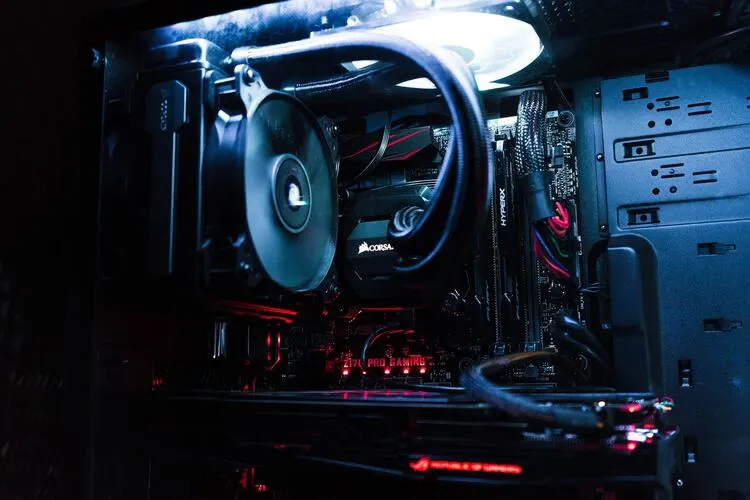A Guide to Choosing the Right PC Case
Sifting Through Options: Key Considerations for PC Cases
The heart of any personal computer is its case, which houses all the essential components, such as the motherboard, CPU, and power supply. Excellent cases keep these components secure and provide optimal airflow and ease of access for future upgrades. This guide outlines the essential aspects when selecting the perfect PC case for any build.

Size and Form Factor: Matching Cases to Components
When selecting a PC case, the first consideration is size, which is determined by the form factor of the motherboard. Standard form factors include Extended ATX (E-ATX), Standard ATX, Micro ATX (mATX), and Mini ITX. Each has a different size and layout, requiring specific case dimensions for compatibility. It’s vital to ensure the chosen case accommodates the intended motherboard size and leaves ample room for additional components.
Airflow and Cooling: Maintaining Optimal Temperatures
Adequate cooling is crucial to prevent overheating, leading to reduced performance or component damage. A well-designed case should facilitate optimal airflow by providing adequate ventilation and fan mounting options. When evaluating cases, consider the following:
- Ventilation: Look for cases like HYTE PC cases with mesh panels, vents, or perforations that promote airflow.
- Fan Mounts: Verify whether the product supports the desired number and size of fans for proper cooling.
- Radiator Support: For liquid cooling enthusiasts, ensure the product can accommodate the necessary radiators.
Cable Management: A Tidy Build for Better Airflow
A cluttered build can impede airflow and make component upgrades or maintenance difficult. Opt for cases with cable management features like rubber grommets, routing channels, and tie-down points. This helps keep cables organized and out of the way, ensuring a clean and efficient build.
Expansion and Accessibility: Preparing for Future Upgrades
As technology evolves, the need to upgrade components is inevitable. The proper case should offer easy access to parts and ample room for expansion. Key factors to consider include:
- Drive Bays: Ensure the item has enough 2.5″ and 3.5″ drive bays for storage devices.
- Expansion Slots: Verify whether the case offers sufficient expansion slots for graphics cards and other peripherals.
- Front Panel Connectivity: Opt for cases with accessible USB ports, audio jacks, and other connections.
Aesthetic Appeal: Reflecting Personal Style
PC cases come in various designs, from minimalist, sleek, bold, and colorful. The choice of case aesthetics is subjective and should reflect the builder’s style. In addition to appearance, consider features like tempered glass side panels to showcase internal components and customizable RGB lighting for added visual flair.
Budget Considerations: Balancing Quality and Affordability
The cost of a PC case can range from budget-friendly to high-end. While saving money on such a product may be tempting, maintaining quality is essential. A well-built item will provide better airflow, cable management, and ease of access, ensuring the components’ longevity. Striking a balance between quality and affordability is critical when selecting the perfect case.
Summary: The Perfect Blend of Functionality and Style
Selecting the right PC case requires thoroughly evaluating factors like size, cooling capabilities, cable management, expansion options, aesthetics, and budget. The ideal product should provide a harmonious blend of functionality and style, ensuring a build that performs well and reflects the user’s personality. By carefully considering each aspect, builders can create a PC that performs optimally and stands the test of time.

